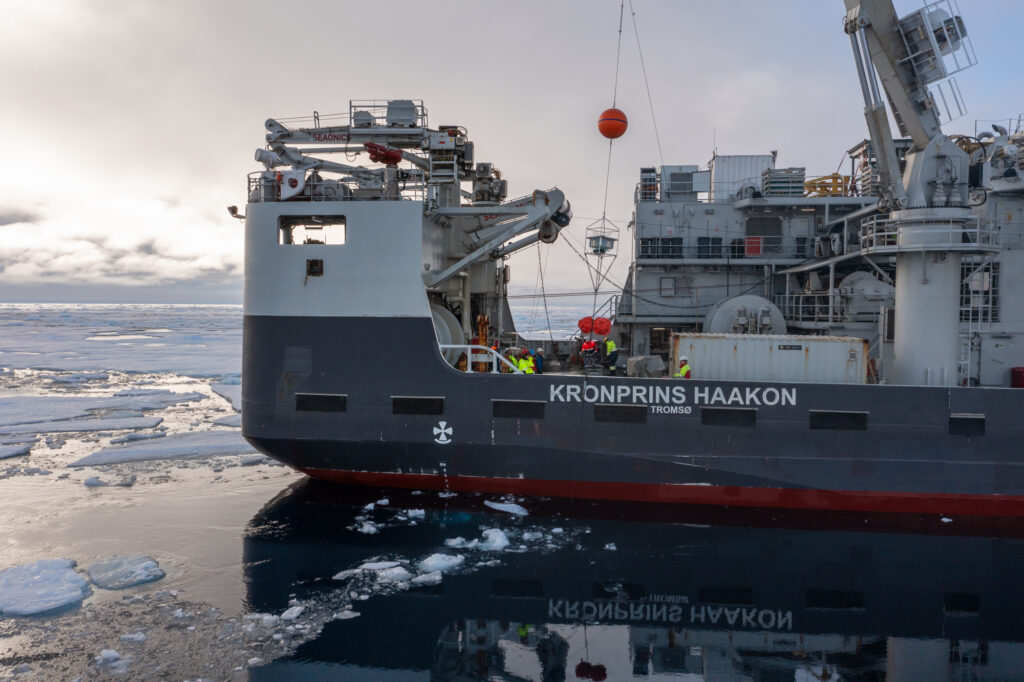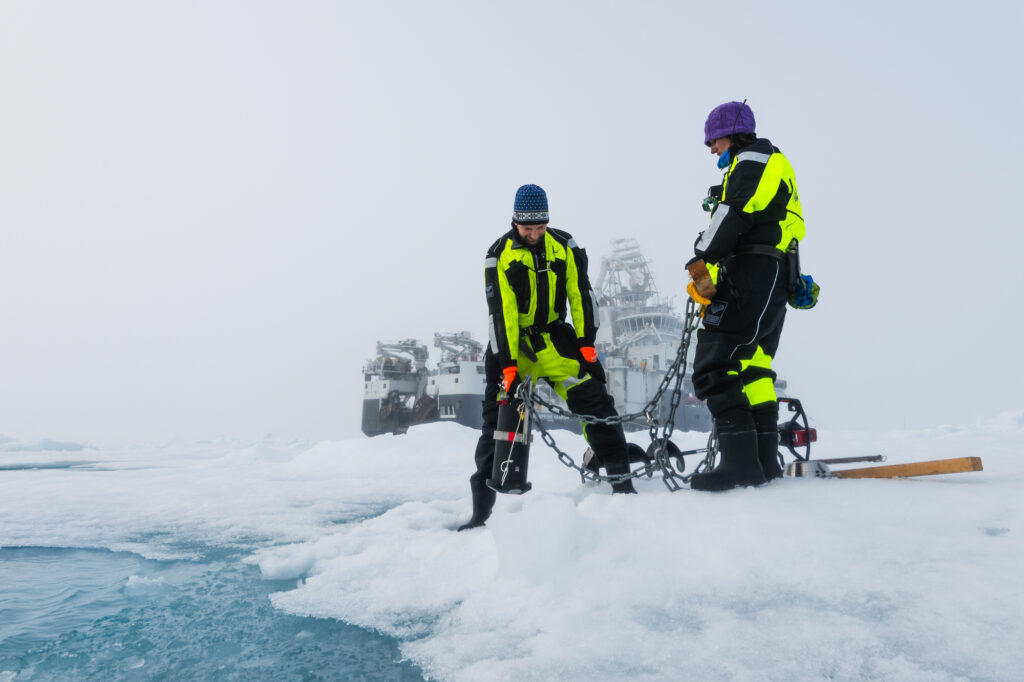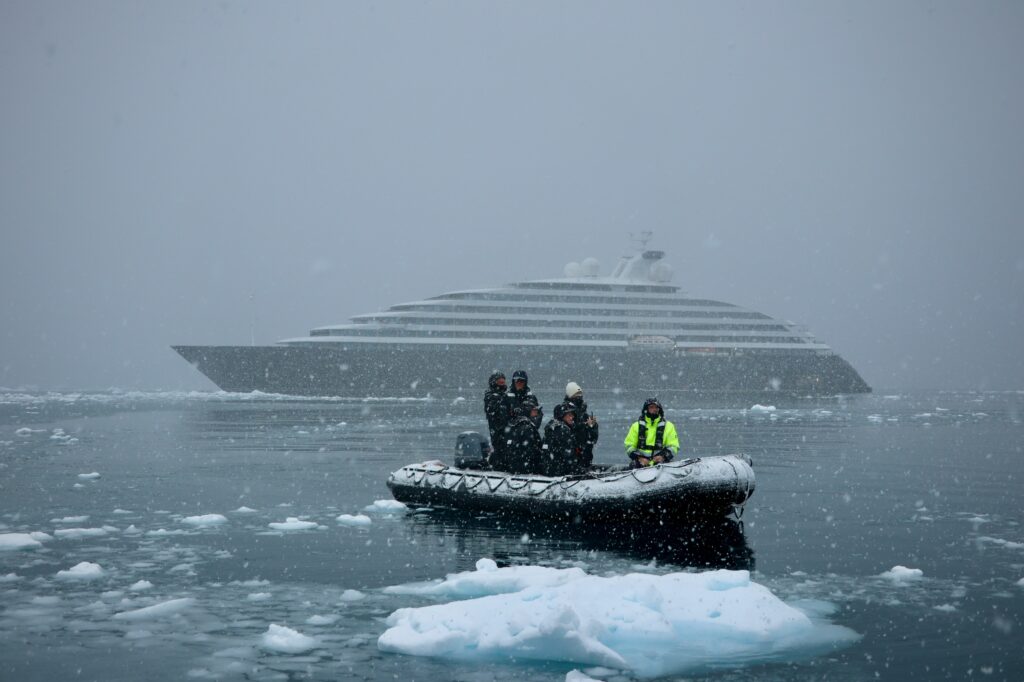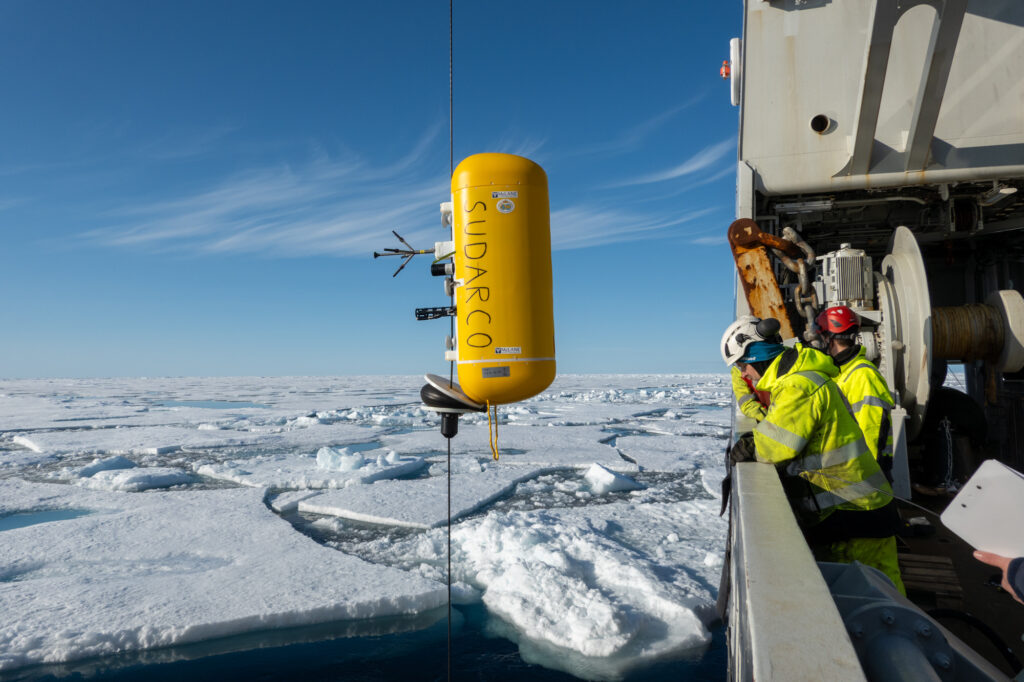How Norway Leads Arctic Ocean Resilience
As warming accelerates and human activity grows in the Arctic, Norway’s interdisciplinary research paves the way for sustainable ocean management.
At a latitude of 69.65 and longitude of 18.95, you find yourself well above the Arctic Circle. Tromsøya, or Tromsø for short, is home to The Fram Centre: a research hub housing over 20 research organisations and six ongoing flagship programmes. One key initiative, the Sustainable Development of the Arctic Ocean (SUDARCO), aims to fill knowledge gaps and advise on the best possible management of the Arctic Ocean, which, since 1979, has been warming nearly four times faster than the global average.
Norway, with both territories in the Arctic and Antarctic, is at the forefront of research on polar ocean management. Camilla Brekke, who heads the Norwegian Polar Institute (NPI), a directorate that delivers scientific results to the Norwegian government, says, “In a nutshell, it’s all about science for managing these polar regions.”

From issuing permits for Antarctic ventures to running the icebreaker “Kronprins Haakon,” NPI wields a broad mandate of logistics, mapping, and policy advice. On Brekke’s horizon, like many other organisations within the scientific community, is the International Polar Year (2032-33), a global effort to confront polar crises. “Our goal is to have a new station in Antarctica, and we are now in the final project stage before the construction can start, given Stortinget’s approval,” Brekke asserts eagerly. The deadline? “International Polar Year, of course, I’m optimistic, the build should be well on its way by then,” Brekke says confidently.

The station will be renewable-powered, relying mainly on solar and wind energy. Camilla highlights an important item on the Norwegian government’s agenda: Arctic Ocean 2050, Polhavet 2050 in Norwegian. If approved, this initiative would unite 18 Norwegian institutions. “The fact that [18 institutions] have agreed to push this is a big step already because of different interests,” she emphasises. “By mid-century, it’ll be a blue ocean. We need readiness now.”
A shifting Arctic
The Norwegian Polar Institute’s legacy is nearing its centenary in 2028. “We’re the first nation to reach both poles and maintain an edge,” Brekke notes proudly. But temperatures and sea levels are shifting in real time beneath the ice. Paul Dodd leads SUDARCO, a project about the sustainable development of the central Arctic Ocean.
“It’s interdisciplinary in a wild way,” he tells REVOLVE in an interview. Physicists, biologists, lawyers, and social scientists, 75 strong across 11 institutes, decode a shifting Arctic.
In the summer of 2024, SUDARCO hit a milestone, recovering two 4,000 metre scientific moorings from the Amundsen and Nansen basins, including Norway’s deepest and northernmost. Deployed in 2022, these moorings measured ice thickness, motion, and currents at the top of the water all year round. “For the first time, we have obtained measurements from the rather inaccessible Amundsen Basin throughout the year, uninterrupted for two years,” Dodd exclaims.


The SUDARCO team is still awaiting ice data analysis but has early results on water currents, which were surprisingly dynamic. “We expected quiet basins. Instead, we found big events and warm water eddies,” Dodd reveals that these acoustic profilers expose a dynamic Central Arctic.
Rising activity in a warming Arctic
While tourism is the main commercial activity in the Central Arctic Ocean today, there aren’t strict limitations on where tour ships can go. This helps the economy but raises concerns about safety and environmental impact in these remote regions.

Enter the Polar Code, a critical set of rules launched by the International Maritime Organization in 2017 to regulate ships in Arctic and Antarctic waters. The Polar Code amends global shipping treaties such as SOLAS (for safety) and MARPOL (for pollution), requiring tourist ships to meet strict standards. Dodd warns that these regulations often don’t prioritise underwater noise, “Right now it’s very safety focused.”
But tourism isn’t the only emerging activity. As the world requires more resources and energy, extractive processes like deep-sea mining are increasingly attractive. “Today there are very remote mines on land in northern Greenland and Siberia, these require shipping to link the mines to ports further south,” Dodd suggests, noting this could rival tourism.

Turning expedition data into insights
The raw data from SUDARCO’s 2024 moorings is a treasure trove, but 2025 is about transforming it into scientific publications. “It’s exciting because it worked, and now we can work with it,” Dodd says, his enthusiasm palpable. These technical papers will lay the groundwork for accessible, policy-ready reports by 2026, translating complex findings into actionable advice.
Dodd regularly engages with policy-makers, like those at the Northeast Atlantic Fisheries Commission, keen for data to meet goals like protecting 30% of the world’s oceans by 2030. “Talking to them helps us understand who needs to read this and at what level,” he explains. Legal scholars in the team also map out regulatory pathways, ensuring science informs practical governance.


Challenges and solutions ahead of 2050
Over the next 25 years, governance must keep pace to balance economic opportunities with ecological preservation. Regional agreements, like the Northeast Atlantic Fisheries Treaty, offer platforms for creating protected areas, while international forums, such as the Arctic Council, can harmonise standards for emerging industries.
Solutions lie in collaboration and foresight. IPY 2032–2033 will galvanise global research, with NPI’s Antarctic station and SUDARCO’s Arctic data informing science-based decisions. Arctic Ocean 2050’s interdisciplinary model, blending physics, biology, law, and social sciences, sets a blueprint for anticipating future pressures and safeguarding vulnerable areas. Norway’s leadership through initiatives such as SUDARCO and Arctic Ocean 2050 positions it to guide the Arctic toward resilience. The challenge is vast, but the Arctic’s future can endure with shared global effort.